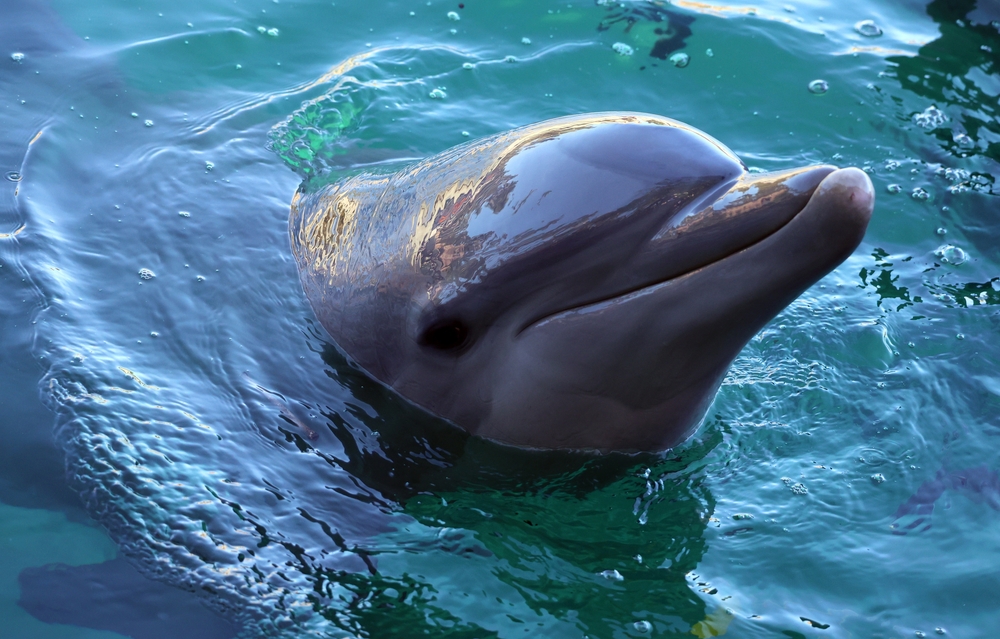Source: The Guardian
A growing movement to decode animal communication, especially among cetaceans, is gaining momentum, driven by advances in AI and a $10 million prize from the Jeremy Coller Foundation. Projects like Project Ceti are using large language models to analyze sperm whale codas—brief sequences of clicks that show signs of structured language, social interaction, and possibly punctuation. Google’s DolphinGemma and other efforts have made strides in dolphin translation, even documenting a word shared between species.
Acoustic interactions, like a 20-minute exchange with a humpback whale, highlight animals’ responsiveness. However, noise pollution from human activity increasingly threatens marine communication. Whale songs—complex, evolving vocal performances—are vital to migration and mating but are now drowned out by industrial noise. The pursuit of interspecies communication raises philosophical questions about perception and identity, invoking the Sapir-Whorf hypothesis and the concept of “umwelten.” Understanding animal languages might not only alter how we communicate—but also how we understand the world.

